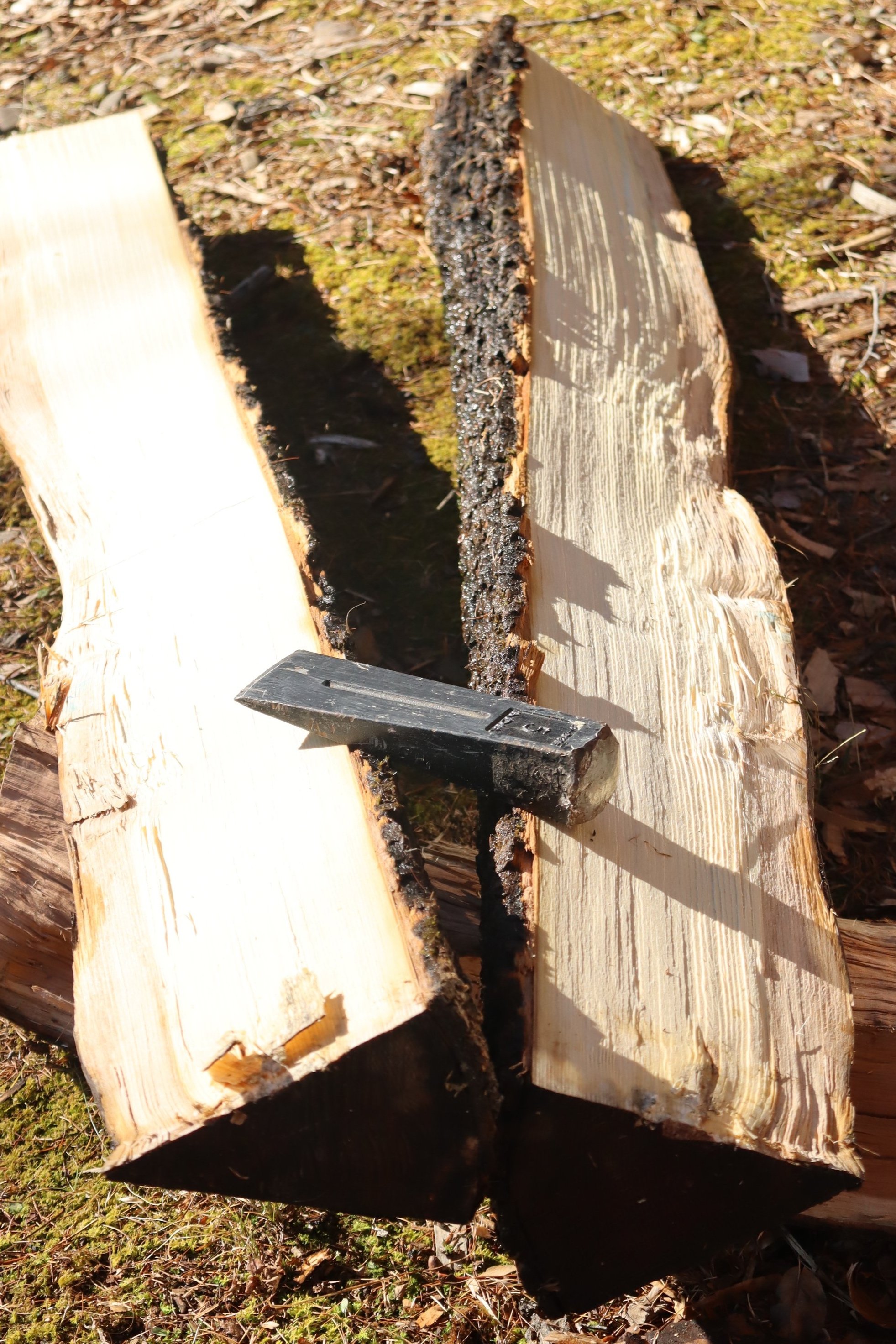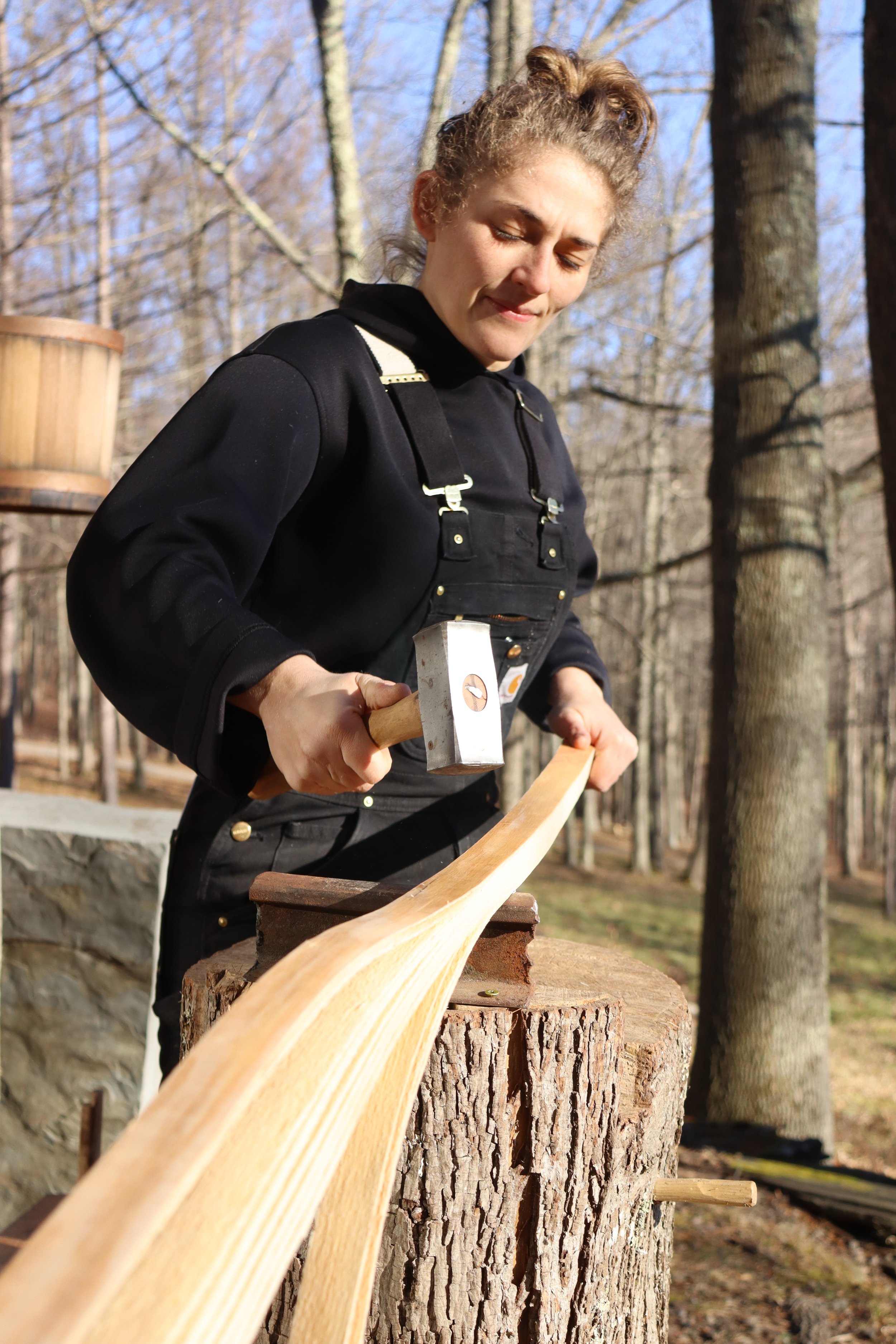
ABOUT THE PROJECT
The Ash Extinction Project has two main goals:
The first is to raise awareness of the Event. Central to this effort is comprehensively documenting the entire process of the destruction of the ash in one place.
The second goal is to preserve a community of forest ash for an indefinite period, at least for a generation, perhaps longer. “The Ash Preserve” we have established could become important in coming years, possibly one of the few places people could go to see these massive beings in an ecosytem like the one they inhabited for aeons. There is no way to stop the virtual extinction of North American ash but we can inject individual trees with a chemical that the emerald ash borer cannot tolerate. This treatment remains entirely within the tree but it has to be repeated every three years or so to keep the borer off. These injections of emamectin benzoate are expensive. Preserving a community of ash trees will require a community of us.
We are asking you to become a supporter of the Ash Extinction Project. One option is to sponsor a specific ash tree by covering the cost of its maintenance for a three-year period. You could follow this tree on our maps and imagery or choose, under certain circumstances, to visit it. The financial support we receive will go either to future treatment of trees in the Preserve or to expand treatment to more trees. Another alternative is to become a supporting member of Franklin Chthonics, with this sponsorship as one of the benefits of membership.
The Ash Extinction Project began last spring by conducting a census of every ash tree on the main tract of Franklin Chthonics, about 260 acres. We flagged and geolocated over 3000 white ash trees with a stem 3” in diameter or larger; the largest were two “Yggdrasils” with trunks over 40” in width. As the trees started to leaf out in June, it was painfully evident for the first time that the borer was indeed in residence at Franklin Chthonics and killing trees. As the census proceeded into the summer, we injected about one hundred ash trees in several locations, with sixty concentrated in one stand, the main site of the Preserve.
There are many potential aspects of the Ash Project that remain to be planned and executed, including:
Making a short film describing the project.
More detailed research on the behavior of EAB and its progress across the continent
More research on how treatment is working in other locations; are there any comparable projects underway?; how should newly opened forest space be managed?
Experiments with coppicing ash to possibly finesse the borer
Most daunting, removing thousands of doomed ash trees before they crumble
Developing the Ash Preserve as a kind of educational park
Designing memorial art that could grab attention, possibly using bonfires as a medium
Establishing collaborations with craftspeople to celebrate the unique properties of ash for basketry, furniture, tools, etc.
We would welcome participation to advance any of the tasks listed above, but our immediate focus is to find support for sustaining the Ash Preserve for the long haul. This experiment is almost a kind of time travel, transporting the Preserve to a future when, possibly, some way to restore the ash might emerge.




